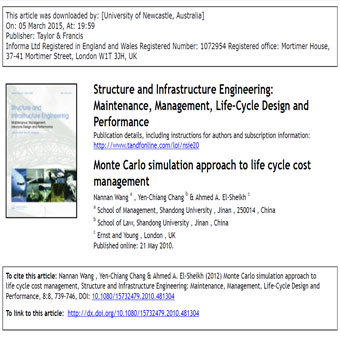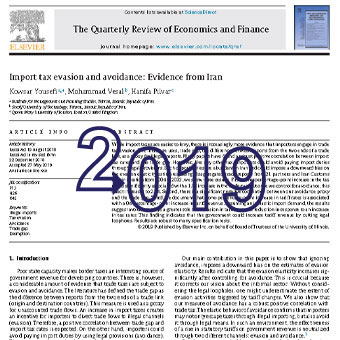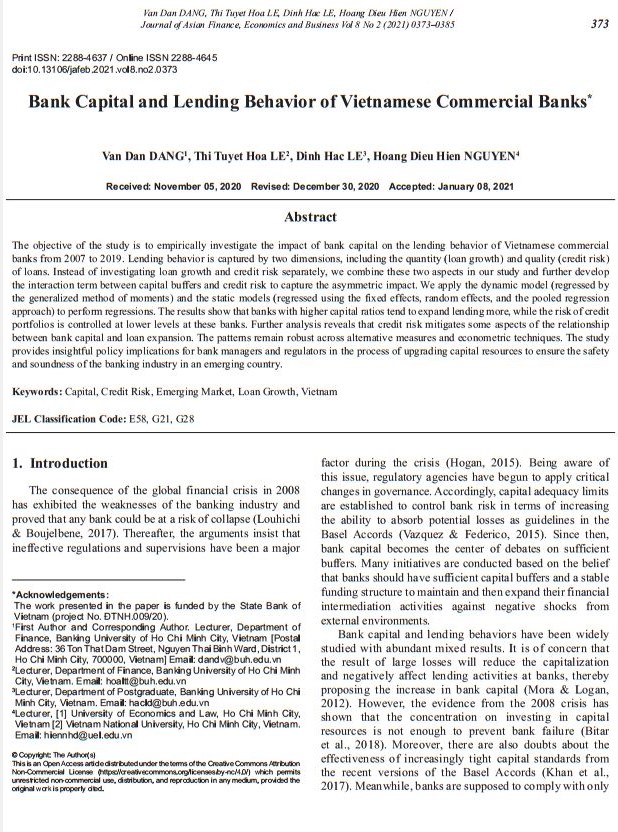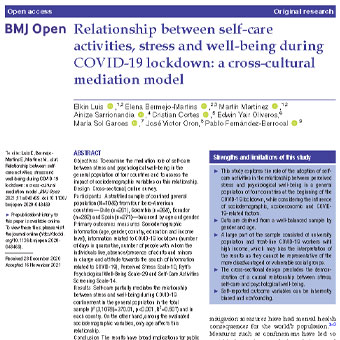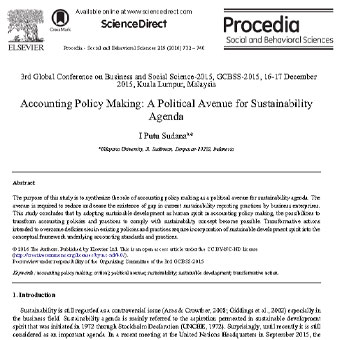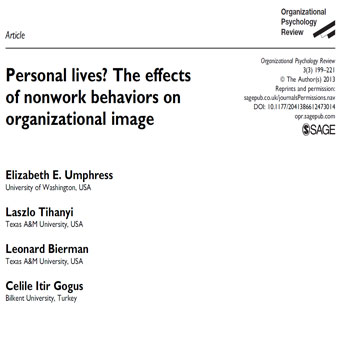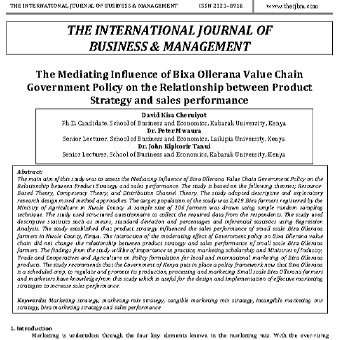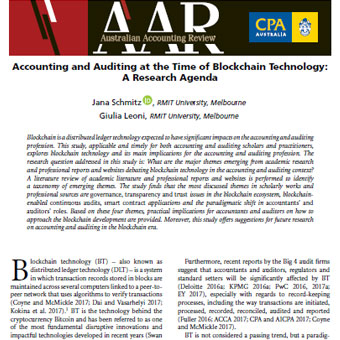عنوان فارسی مقاله:پیکر نگاری: سین مورو و خوره زرتشتی در سکه مسی قرن هفتم
چکیده
دانشمند بزرگ آلمانی، كلاوس شيپمن، زندگی خود را وقف مطالعه ايران و بعداً آن جهان عرب كرد. این دو فرهنگ، از دوران باستان و از قرن هفتم قبل از میلاد، به دنبال فتح اعراب آروینšر، از جهات بسیار جالب و متفاوتی با یکدیگر تعامل داشتند. پیامدهای فوری چنین ارتباطی اخیراً توجه جدی را به خود جلب کرده است و کارهای بسیاری بر اساس فرهنگ مادی انجام میشود که میتواند برای منابع ادبی روشن و تصحیح کننده باشد. با یادآوری کلاس شیپمن، که استاد استفاده از فرهنگ مادی در انتقال زندگی فرهنگی ایرانیان بود، میخواهم درباره اهمیت یک سری از سکههای مس که عمدتاً در چند دهه پس از مرگ در استان فارس صادر شده است، بحث کنم. یزدگرد سوم. این سکهها، که در قرن هفتم توسط نخبگان محلی ایرانی به سر میبرد، در آرزوهای ایرانی آنها آموزنده است، چه بر اساس افسانههایشان و چه از آن مهمتر، نمادنگاری زرتشتی آنها که از نظر عقیدتی برای مردم بسیار معنی داشت(سین مورو و خوره زرتشتی).
- لینک دانلود فایل بلافاصله بعد از پرداخت وجه به نمایش در خواهد آمد.
- همچنین لینک دانلود به ایمیل شما ارسال خواهد شد به همین دلیل ایمیل خود را به دقت وارد نمایید.
- ممکن است ایمیل ارسالی به پوشه اسپم یا Bulk ایمیل شما ارسال شده باشد.
- در صورتی که به هر دلیلی موفق به دانلود فایل مورد نظر نشدید با ما تماس بگیرید.
 متن به فارسی | ترجمه مقالات و متون علمی | ترجمه و دانلود مقالات و انواع متون علمی و ادبی و پذیرش سفارش ترجمه
متن به فارسی | ترجمه مقالات و متون علمی | ترجمه و دانلود مقالات و انواع متون علمی و ادبی و پذیرش سفارش ترجمه
